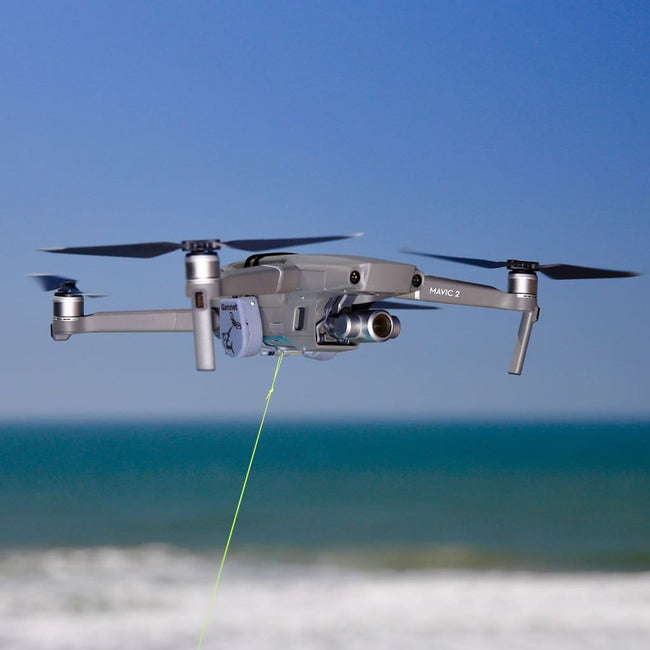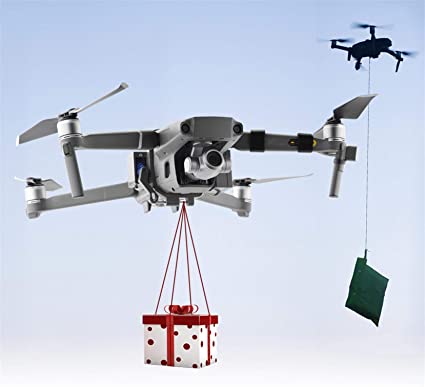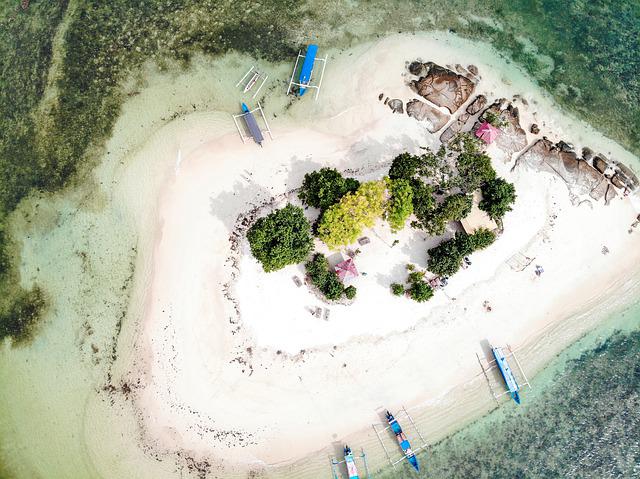
It is important to know the rules and regulations when you use a drone for fishing. There are instructional videos showing you how to fly your drone to catch fish. Our article on drone ethics will help you to make informed decisions about your drone use. Here are some ethical concerns about drone fishing. Check out our guide for drone fishing gear.
Regulations for drone fishing
It is possible to wonder what regulations apply when you are watching a YouTube video of a drone fishing for fish. While there are many reasons to adhere to local laws, safety is the most important. In order to safeguard both you and your fish's lives, it is crucial to ensure that the right laws are followed. We'll be discussing the most important regulations in this article and how to ensure that you are following them. Remember to adhere to the International Game Fish Association's rules.
Drones cannot fly over public areas such as sporting events or stadiums. They cannot carry weapons or be within half a mile of a sporting event. Drone operators must always be able to see their aerial equipment. Drones cannot fly over public buildings, stadiums, or critical infrastructure. If you are unsure about the rules for fishing with a drone, consult an attorney.

While drone law has been adopted in many states, not all states have. Illinois, for example, recently passed SB 2167. The bill prohibits the use of drones in state parks without permission. It also outlines privacy rights and the rules that must be followed by commercial and recreational drone operators. It also prohibits drones from interfering or harassing hunters or other wildlife. These new laws should be completed in the next few years.
Ethical concerns about drone fishing
Drone fishing isn't without controversy. There are companies that sell underwater drones capable of fishing for fish. These drones are often equipped with video cameras that show the fishing process. It's remarkably similar as casting a line for a fish. The process of taking a fish from water is different. People who are concerned about ethical issues in fishing might want to consider other options.
Drones can be used to fish. But some people feel they are cheating the fishing community. Fishing has not changed much over the centuries, but using drones to catch fish might change that and decrease the thrill of the chase. Additionally, the use of drones may be problematic for conservation. These are the ethical considerations to consider before you use a drone to fish.

Drone fishing is not a good option. Drone fishing could be dangerous to the environment and can overfish endangered species. Although some states allow recreational drone fishing, others do not. Drone fishing is not without its limitations. Cheap drones might lack the GPS functionality, lifting capabilities, or control range needed. If the line gets tangled, drone fishing can result in fish being lost. Piloting is also a problem.
FAQ
Can my drone be flown indoors?
Yes, you can fly your drone indoors. There are only a few things you need to do: Make sure your home is free of obstacles and hazards. For instance, avoid flying near windows and doors, heating vents, heating units, air conditioning units, electrical outlets or water pipes.
Do I need any special training to fly drones?
No, you don’t need any special training in order to fly your drone. You just need a remote-control unit and basic knowledge in flight mechanics.
Can I fly my drone at my local park?
Yes, drones are allowed to fly in parks across the globe. Some countries prohibit the use of drones in parks. This is because of safety concerns. Check out our list of places where you can legally fly drones for fun.
What laws govern flying drones in the United States?
The Federal Aviation Administration (FAA), in the United States, regulates all aspects related to drone operations. A certificate issued by the FAA is required to commercially operate a drone. Next, you will need to complete a course in flying skills and pass an exam. You will then need to pay an agency fee.
With a drone, can someone spy on me?
A drone can be used to spy on anyone. It is important to be aware of drones and to avoid any areas they may fly. Notify 911 immediately if you find a drone in your vicinity.
What are the rules and regulations for drones operation?
Register your drone with the FAA. You will need to submit information about your drone including its weight and size as well as operating frequency. The FAA will issue you an identification number.
Statistics
- With the top 10% making over $100/h and the bottom 10% making as low as $10/h. (dronesgator.com)
- According to the multiple listing service (MLS), houses and apartments with drone photographs are up to 68 percent more likely to sell than those without pictures. (thedroneu.com)
- According to industry research from ZipRecruiter , there are 10 cities where the typical salary for a Drone Pilot job is above the national average. (dronesgator.com)
External Links
How To
How to Fly Drones for Beginners
A drone can be used to fly remotely controlled aircraft for photography, surveillance, scientific research, hobby and commercial purposes. Drone technology has been around since World War II. DJI's Phantom series of quadcopters was the first to be commercially used. There have been many types of drones since then, including beginner-friendly drones like the Parrot AR Drone 2.0 and professional-grade multi-rotor crafts like the DJI Mavic Pro.
You can fly a drone in many different ways, including:
-
Remote control - This method uses a control device attached to your hand, which enables you to steer the drone through its flight path. There are two main types, On/Off switches (like radios) and joysticks.
-
Manual Control- This allows you to control your drone remotely via GPS coordinates. You must keep track of the location where you want the drone to go and follow the instructions from the app.
-
Autonomous flight - The drone takes over the piloting duties. It's basically flying autonomously without any human intervention. A drone must have a builtin camera and sensors capable to capture images and other data.
-
Triggered Flight - This method is similar to manual control, except the pilot manually sets up a preprogrammed route, and the drone follows that route until it reaches the endpoint. The drone automatically lands once the route has been completed and returns to the base.
-
Landing Gear - Some drones come equipped with landing gear that allows them to land safely if they lose power or run out of battery during flight.
-
Goggles: Some pilots use goggles in order to protect themselves against debris when operating.
-
Camera - Some drones can be equipped with cameras which enable you to capture photos from the sky.
-
Obstacles-Some drones come with obstacle avoidance devices that keep them from hitting obstructions.
-
Speed - Some drones can travel at speeds over 40 mph.
-
Battery Life – Most drones will last 20 minutes to three hours depending on how powerful they are.
-
Some drones have a range of up to 30 miles, depending on their model.
-
Power source - Some drones require an external power source; others work off internal batteries.
-
Weight – Some drones are less than one pound, while other models can be up to four pounds.
-
Size - Drones range from small devices that fit in one's palm to large crafts that weigh more than 50 pounds.
-
Price - From high-end models that cost thousands of dollars to low-cost options that start at $100, all drones fall under a certain price category.